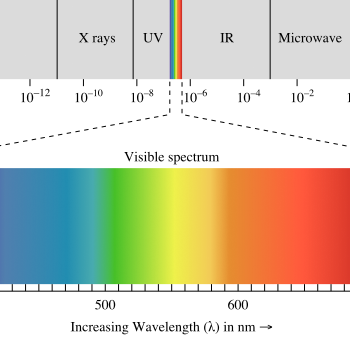#11.2# #g# Al x (#1# #mol#/#26.98# #g#)=#0.415# #mol# Al
#22.3# #g# Ni x(#1# #mol#/#58.69# #g#)=#0.380# #mol# Ni
#5.0# #g# Co x (#1# #mol#/#58.93# #g#)=#0.0848# #mol# Co
#100# #g -11.2# #g# Al # -22.3g# #Ni -5.0# #g# Co = #61.5# #g# Fe
#61.5# #g# Fe #xx((1 mol)/55.84)=1.10# #mol# Fe
Divide each one by the smallest number of moles: cobalt at #0.0848# #mol#.
Al = #0.415/0.0848 = 4.89# #mol #
Ni = #0.380/0.0848 = 4.48# #mol #
Co =# 0.0848/0.0848 = 1.00# #mol #
Fe= #1.10/0.0848= 12.97# #mol #
Since Ni is #4.48 ~~4.50#, we multiply everything by #2# to get a whole number, #9#, for Ni.
Al = #4.89# #mol xx 2= 10# #mol# Al
Ni = #4.48# #mol xx 2= 9# #mol# Ni
Co = #1.00# #mol xx 2= 2# #mol# Co
Fe= #12.97# #mol xx 2= 26# #mol# Fe
This gives us an empirical formula of #Al_10Co_2Fe_26Ni_9#.
If we add up the Fe, Co, Ni, and Al in the empirical formula, we get #2366.7# #gmol^-1# of Alnico
#100# #g# Alnico x (#1# #mol# Alnico/#2366.7# #g# Alnico) x (#10# #mol# Al/#1# #mol# Alnico) = #0.423# #mol# Al

